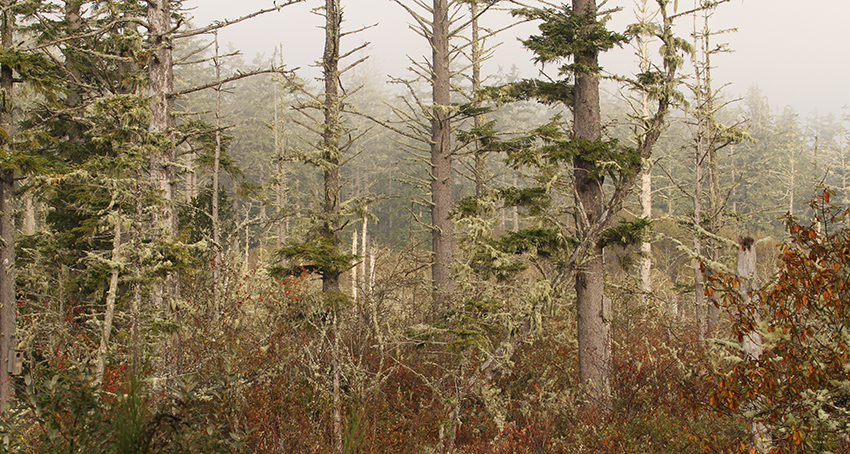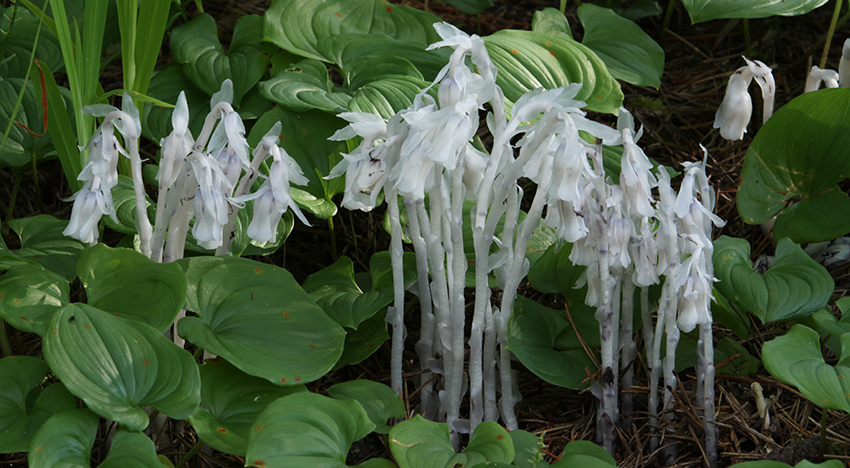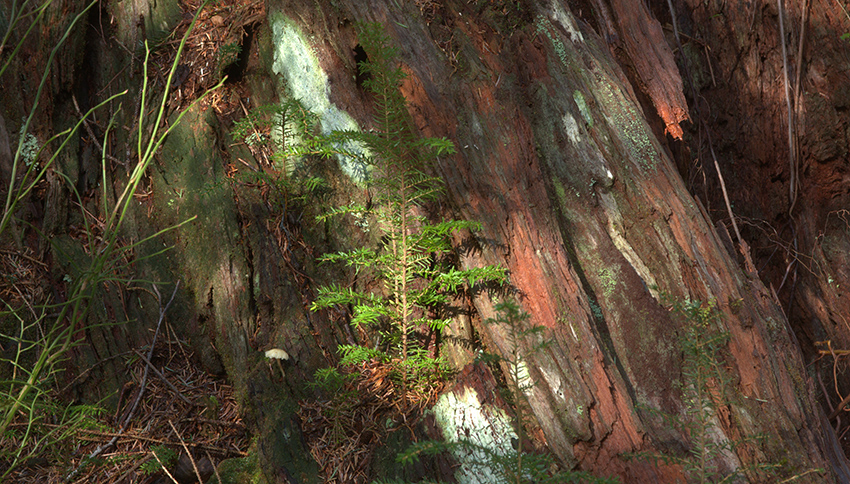
Gearhart photographer Neal Maine has been looking into what scientists and policymakers call a forest. He got more than he bargained for. One source names 27 elements that must be present to call a stand of trees a forest. Another starts with the numbers: land spanning more than 0.5 hectare, with trees higher than 5 meters and a canopy cover of more than 10 percent. (Fruit trees in production don’t count, but oil palm plantations may. Big stands of bamboo and mangroves growing in tidal swamps can be forests. But not woodlots for firewood.) Other sources list nine—or 14, or 17—critical ecosystem services that must be present to call a forest a forest.

There’s a place for quantification. Neal gets that; he’s also a biologist. But not everything can be quantified, he says. And most of what makes a forest can’t even be seen. “Microchemicals in the soil, rain rivulets following certain paths, nitrogen-fixing bacteria affixed to the roots of alders: none of that is visible,” Neal says.

“When you’re trying to see and understand the forest, it’s not enough to look up into the canopy,” he points out. “You have to look down too, at the forest floor.” And further down, deep in the soil. That’s where the real action of the forest happens.

The question of what defines a forest is of more than theoretical interest to Neal and the rest of the land conservation community. Rainforest restoration science is in its infancy. How we understand the essential nature of a forest affects how we steward forested lands, such as North Coast Land Conservancy’s Boneyard Ridge Habitat Reserve on Tillamook Head. Certainly it will impact how we one day care for the proposed Rainforest Reserve.

“It’s not as simple as measuring a tree and measuring a tree canopy. It’s a dynamic system. A forest is an evolutionary phenomenon, not just a place to visit. ”

“It takes us back to the concept of listening to the land,” Neal says. “What is the land saying we ought to be doing?”

“Having ways to listen is probably a good humble step: going out with a strategy for listening and observing and receiving. And not missing out on the wonder of it all, every minute, every day.”

“What makes a forest a forest? There’s a good chance you’ll know it when you’re there.”

Comments